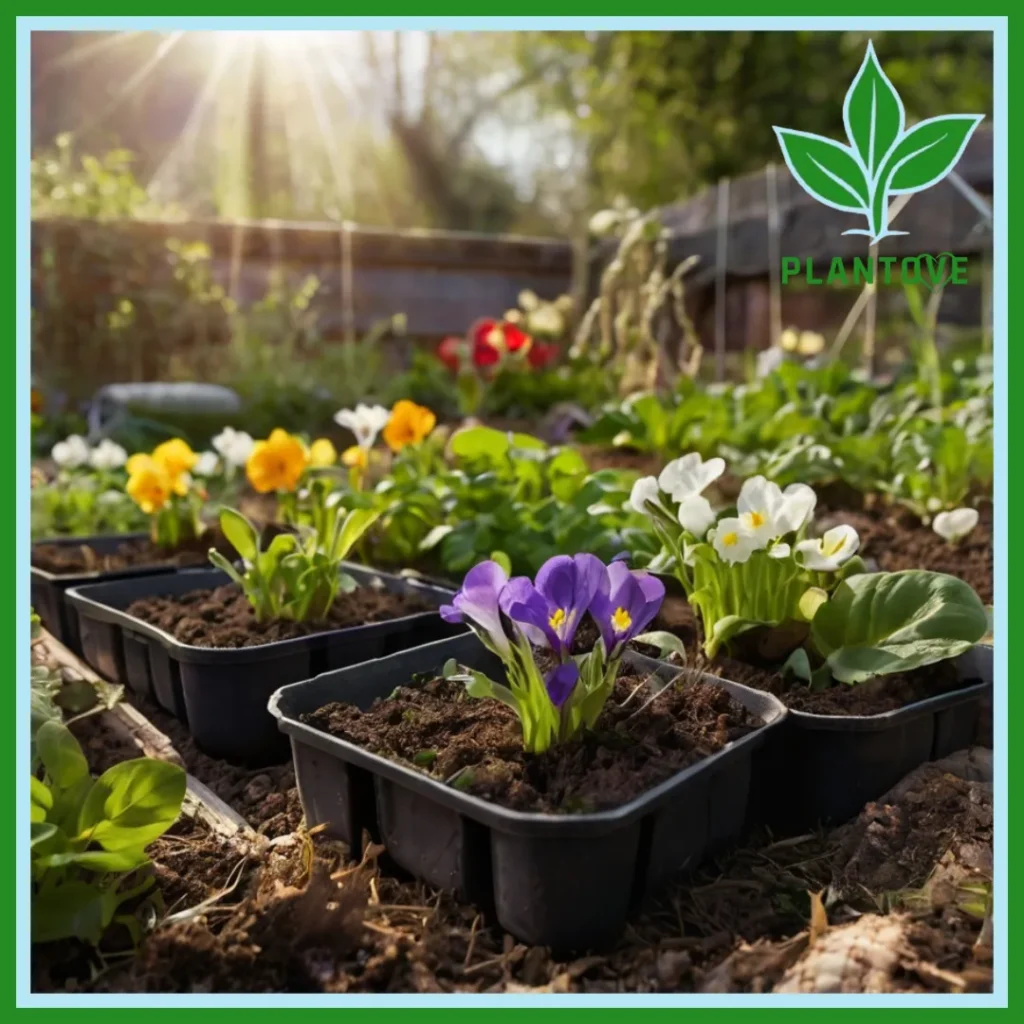Spring is a season of renewal and growth, and it brings with it a burst of color and vitality to gardens and landscapes. Understanding what a spring plant is and how it fits into this vibrant season can help you make the most of your gardening efforts. In this detailed guide, we’ll explore various aspects of spring plants, including their characteristics, benefits, and how they contribute to the seasonal beauty of our surroundings.
What is a Spring Plant?
A spring plant is any plant that thrives and grows during the spring season. These plants are typically characterized by their ability to withstand and flourish in the moderate temperatures and increased sunlight of spring. Spring plants can include a wide variety of species, from flowers to shrubs and trees, each offering unique contributions to the landscape.
What is a Spring Plant Called?
The term “spring plant” is a general designation rather than a specific botanical classification. It refers to any plant that is well-suited for growth during the spring season. Botanically, there is no single name for all spring plants; instead, they are categorized based on their specific species and characteristics. However, understanding that these plants thrive in spring’s unique conditions helps gardeners choose the right plants for their gardens.
Types of Spring Plants
- Flowers: Many flowers are specifically known for their spring bloom. These include tulips, daffodils, crocuses, and hyacinths. These plants often emerge in early spring, providing vibrant colors that signal the end of winter and the arrival of warmer days.
- Shrubs: Certain shrubs are also classified as spring plants. For instance, lilacs and forsythias bloom in early spring, adding texture and color to garden landscapes.
- Trees: Trees like cherry blossoms and magnolias are celebrated for their stunning spring blooms. These trees often flower in late spring, offering a spectacular display of blossoms.
What is a Spring Plant for Kids?
Introducing children to the concept of spring plants can be both educational and fun. Spring plants for kids are those that are easy to grow and maintain, making them ideal for young gardeners. Plants like sunflowers, marigolds, and beans are excellent choices as they grow quickly and offer visible results that can capture children’s interest. Teaching kids about these plants helps them understand the lifecycle of plants and the importance of seasonal changes.
What is a Spring Plant Factory?
In industrial terms, a spring plant factory refers to a facility where plants that are suited for spring planting are grown and prepared for sale. These factories are often equipped with greenhouses and other controlled environments to ensure that plants are ready for gardeners by the time spring arrives. They might produce a range of plants, from annuals and perennials to shrubs and trees, all of which are intended to enhance gardens and landscapes during the spring season.
Benefits of Spring Plants
Spring plants offer numerous benefits beyond their aesthetic appeal. Some of these benefits include:
- Improving Aesthetics: Spring plants bring color and life to gardens, helping to create visually appealing outdoor spaces. The vibrant blooms of spring flowers and the lush growth of shrubs and trees enhance the overall look of landscapes.
- Boosting Mood: The arrival of spring plants can have a positive impact on mood and well-being. The sight of blooming flowers and fresh green foliage can uplift spirits and provide a sense of renewal.
- Supporting Pollinators: Many spring plants attract pollinators such as bees and butterflies. These plants play a crucial role in supporting local ecosystems and promoting biodiversity.
- Enhancing Garden Health: Spring plants often help improve soil health by adding organic matter and nutrients. Their growth can also help suppress weeds and reduce soil erosion.
How to Grow Spring Plants

Growing spring plants successfully requires attention to several key factors:
- Soil Preparation: Spring plants generally thrive in well-drained, fertile soil. Preparing the soil by adding compost or organic matter can improve its texture and nutrient content.
- Timing: Planting at the right time is crucial. Most spring plants should be planted after the last frost date, when the soil has warmed up sufficiently.
- Watering: Adequate watering is essential for the healthy growth of spring plants. Ensure that plants receive enough water to establish their roots, but avoid overwatering, which can lead to root rot.
- Sunlight: Different plants have varying light requirements. Be sure to choose plants that match the sunlight conditions of your garden, whether they prefer full sun, partial shade, or shade.
- Fertilization: Applying a balanced fertilizer can help support healthy growth and flowering. Follow the recommended guidelines for the specific needs of your plants.
Spring Plant Care
Proper care of spring plants ensures that they continue to thrive throughout the growing season. Key care practices include:
- Regular Pruning: Pruning helps maintain the shape and health of plants. Remove dead or diseased branches and spent flowers to encourage new growth.
- Pest and Disease Management: Monitor plants for signs of pests or diseases. Implement appropriate measures to control these issues, such as using insecticidal soap or fungicides.
- Mulching: Applying mulch around plants can help retain soil moisture, regulate temperature, and suppress weeds.
- Seasonal Adjustments: As the season progresses, adjust care practices to match the changing needs of plants. This may include reducing watering frequency or providing additional support for taller plants.
Conclusion
Understanding what a spring plant is and how to care for it can enhance your gardening experience and contribute to a vibrant and beautiful garden. Whether you’re growing spring plants for their visual appeal, their role in supporting pollinators, or their benefits to soil health, incorporating these plants into your garden can provide numerous rewards. By following best practices for planting and care, you can enjoy a flourishing garden that celebrates the beauty and vitality of the spring season.
This comprehensive guide should give you a solid foundation for working with spring plants, ensuring that you can make the most of this exciting gardening season. Happy planting!

